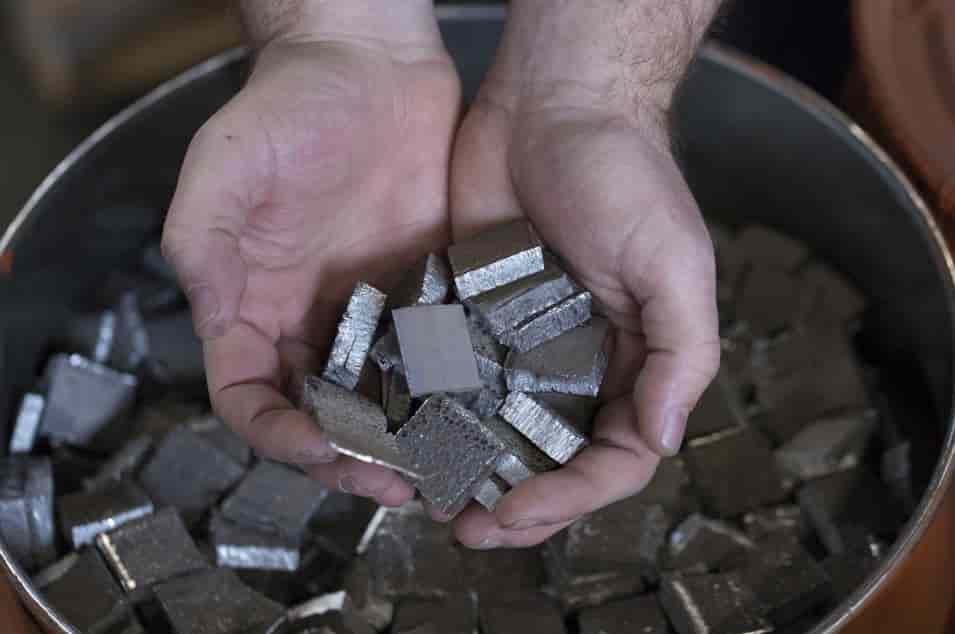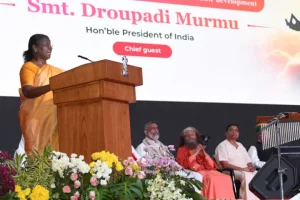In a significant development, scientists at the CSIR-National Geophysical Research Institute (NGRI) in Hyderabad have discovered the presence of Light Rare Earth Elements (REE) in the Ananthapur district of Andhra Pradesh. These elements are used as components in electronic devices such as smartphones, computers, TVs, automobiles, medical devices and jet aircraft.
The Light Rare Earth Element minerals include Lanthanum, Cerium, Praseodymium, Neodymium, Yttrium, Hafnium, Tantalum, Niobium, Zirconium, and Scandium.
“We found strong anomalous (enriched) Light Rare Earth Elements (La, Ce, Pr, Nd, Y, Nb and Ta) in whole rock analyses, confirming the minerals hosting these REE,” PTI news agency cited senior principal scientist in NGRI PV Sunder Raju as saying.
Raju said, “Zircon of varying shapes was observed in Reddypalle and Peddavadaguru villages in Ananthapur district.
Rare earth elements (REE) are 15 elements referred to as the lanthanide and Actinide series in the periodic table.
He said manufacturing permanent magnets is the largest and most important end-use for REEs. Permanent magnets form an essential uinput in the manufacture of modern electronic goods, aerospace and high-tech defence products.
Currently China has a near-monopoly on the production of rare earth elements and other countries including India and Australia have stepped up efforts to develop an alternative supply chain.
Because of their luminescent and catalytic properties, REEs are widely used in high technology and “green” products.
The discovery of the REEs was part of a study funded by the Council of Scientific and Industrial Research (CSIR-India) under a project called SHORE (Shallow subsurface imaging Of India for Resource Exploration).
Sunder Raju said the scientists had a multi-disciplinary approach to the SHORE project. Following the discovery of the REEs, deep drilling will now be carried out to find out the consistency of REE presence in depth, Raju said.




















